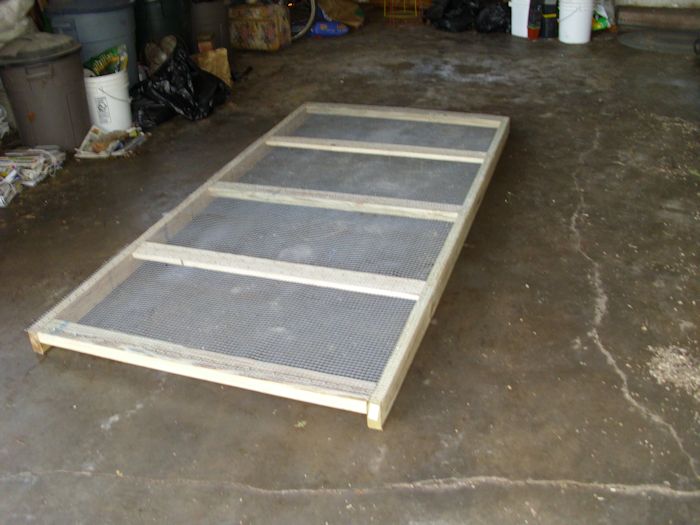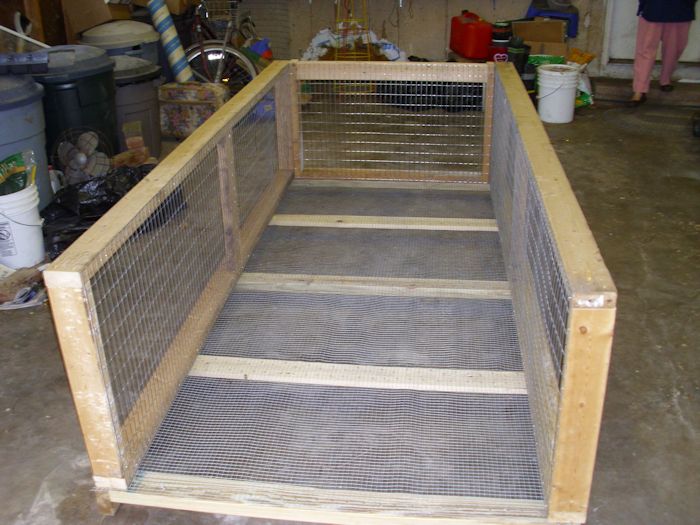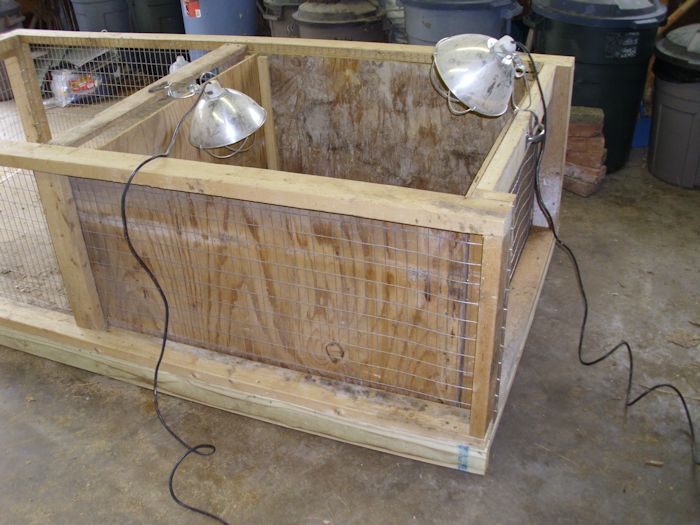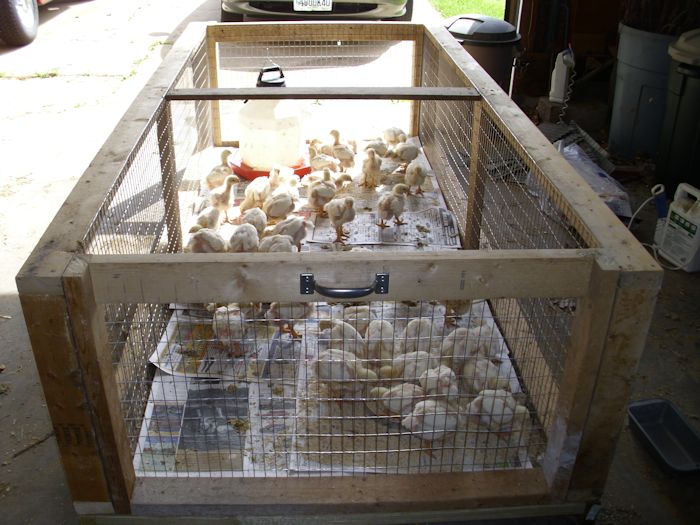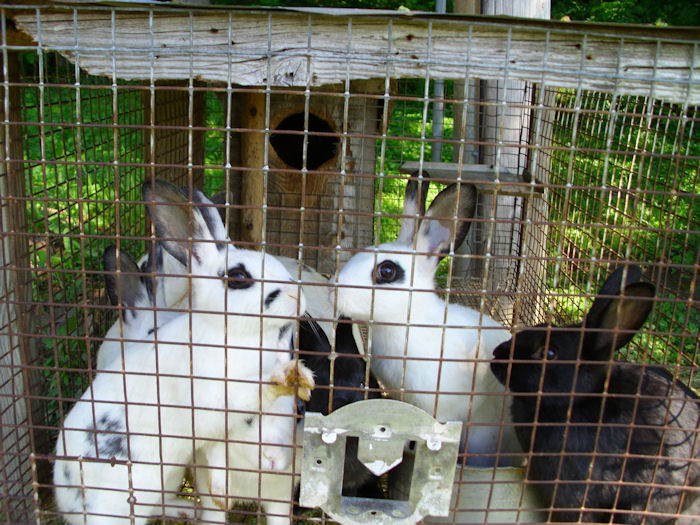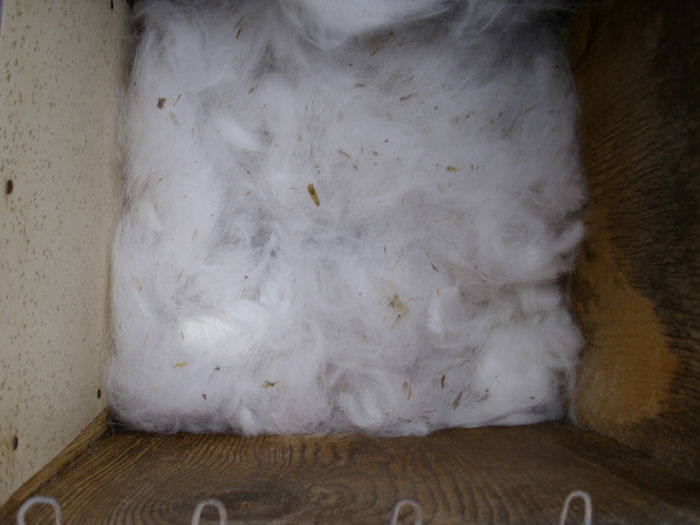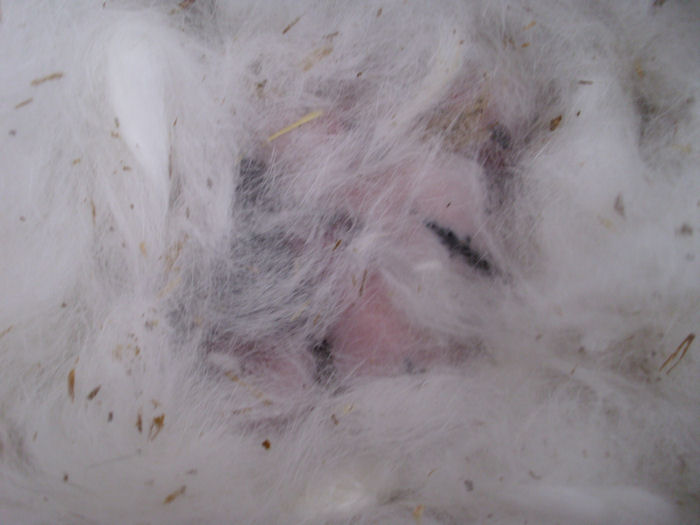It’s incredibly important to keep your animals cool in hot weather. Just as you need to keep your cool, animals need to keep cool too. The same sorts of heat-related problems that affect you, affect your animals. However, there is one important difference. Unlike you, your animals have no way to communicate that they’re hot. Sometimes people misread the signs until the animal dies, which is incredibly sad.
You might think that air conditioning would solve all of your problems. However, I’ve noted that some animals, like some people, don’t do all that well in air conditioning. So, besides being incredibly expensive, you could end up doing your animals more harm than good. There are better options for keeping your animals cool. With advancements being made all the time in this area of ‘refrigeration technology’, it will only become more adapted for general use over time, keeping you and your animals cool in the summer months without any ill effects or significant financial impact. In fact, developments in the use of natural CO2 are enabling high energy efficiency and enormous cooling capacity meaning that the future of air conditioning is bright. Take a look at these Air Conditioning Facts for German Readers on Solaranlagen Portal to keep up to date with the latest.
Water, lots of it, is an essential element in keeping your animals cool. The water should be kept fresh at all times, which means changing the water three or four times a day for most animals. It helps to put the water in some sort of bucket, instead of a water bottle. Yes, the bottle does keep the water cleaner, but the animal can’t access the water when you put it in a bottle. Think about your methods of keeping cool. When you want to stay cool, just drinking water doesn’t do enough most of the time, you want to put a little on your body too. Animals like to have water for more than just their drinking needs too.
Cats seem to be the least affected by heat in our experience. You need to allow them a cool place and lots of water. Don’t be surprised if you find the cat lying in the bathtub, on the shower floor, on your tiles, or anywhere else there is a smooth cool surface. Placing the water near this surface means the cat expends less energy finding something to drink. Cats will overheat rather than splash water on themselves. Sometimes you need to give them a helping hand (hoping that they don’t scratch too much in the return). Cats prefer cool, not cold, water. Running water (as in one of those bubbler bowls) is better than stagnant water.
Dogs seem to like a bit of a breeze and copious quantities of water. Sometimes our dogs will lie right in front of a fan in order to grab some breeze. Many dogs also love ice. In hot weather, ensuring they are kept cool is very important to their health. Whether that’d mean applying dog conditioner after giving them a bath, topping up their water supply or providing air conditioning, these are just some steps that can keep your dog feeling cool throughout the summer months.
We’ll put ice in their water bowls to get the water ice cold. Our border collie is especially adept at grabbing ice cubes and grinding them up. A big issue is keeping your dogs quiet in hot weather. A dog will hurt itself, rather than disappoint master. Master needs to understand that and keep the dog as quiet as possible. Misting your dog does seem to help. In fact, I don’t know of many dogs who don’t enjoy getting completely wet during hot weather (try one of the many dog pools available on the market). Some dogs don’t do well in air condition. I know that our beagle gets a sinus condition from the air conditioner.
Rabbits do well in air conditioning for the most part, which means getting Air Conditioning Repair done before the season starts is very important. We’ll bring our most vulnerable rabbits inside during especially hot weather. Bucks need the cooling more than the does do (a buck can become sterile if he gets too hot). Younger rabbits need cooling more than older rabbits. It’s essential that you not keep rabbits together during extreme heat. For some odd reason, they’ll pile on top of each other-hastening the inevitable. We’ve tried freezing drink bottles (mostly full of water with a little air gap at the top) and placing them in the cages. It works quite well. The rabbits will lie next to the bottles and use them for cooling. Expect to go through a number of these bottles. The rabbits also seem to delight in chewing holes in the bottles.
Chickens apparently don’t sweat. They actually fan out the feathers to allow for cooling and will pant much like a dog does. We’ve tried misting the chickens with mixed results. However, we have discovered that chickens will cool themselves by wading in cold water, leading me to believe that chickens cool themselves through their feet. Spraying the feet also seems to have a good effect. Once I discovered that chickens hate to get their feathers wet, but delight in cool feet, I was able to redirect the spray from a hose to more effectively cool them. We have also employed fans to help the chickens cool themselves. They’ll sit in front of the fan, feathers fluffed, gathering as much of the breeze as possible. Chickens don’t seem to do well in air conditioning. Chickens do need more fresh, cool, water than most animals do and expect that water to get quite dirty between refills.
The one constant that we’re finding is that eating generates heat. We’re finding that withholding food until the evening hours seems to help every animal we work with to stay cooler. In fact, chickens will often die immediately after a meal when the weather is too hot from a heart attack (a condition known as flip). Wait until evening, when it’s cooler, to feed your animals during the summer and you’ll keep them a lot cooler during the day. As an alternative, try feeding your animal in the extreme morning hours (before the sun rises, if possible). Don’t feed your animal during the hottest hours of the day.
The point is that you must discover how your animals get cool. Each animal will also have personal preferences. Observe your animals closely to ensure it stays cool in a way that works with its body type. Some animals like misting, others don’t. Some can tolerate air conditioning, others can’t. If you know that your animal can cope in air conditioning, and does better with it when the weather is hot, then make sure that it is working perfectly during the hot weather. If it breaks you should get it fixed by someone like this air conditioning repair Jacksonville has to offer. Water is always a primary ingredient to keeping your animals cool and making that water accessible is incredibly important. The number one thing we’ve found out though is that animals will also try to tell you in a non-vocal manner when it doesn’t like the manner of cooling you’ve chosen. Find something that works. Let me know about your experiences with animal cooling at [email protected].

